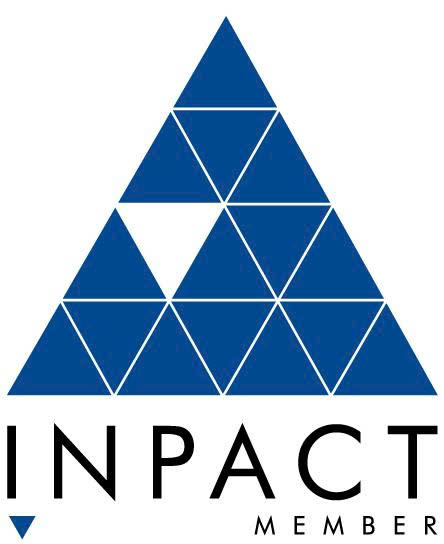According to Circular 28/2021/TT-BTC, from July 1, valuation enterprises will choose 3 approaches to apply in enterprise valuation, including approaches from the market, cost, and income.

Circular 28/2021/TT-BTC promulgating Standard ValuationVietnam No. 12 takes effect from July 1, 2021.
Therefore, based on the selected approach and method of enterprise valuation, the time of valuation and the characteristics of the enterprise that needs to be appraised, the appraiser analyzes and evaluates to use the corporate finance report. Priority is given to the use of financial statements verified and reviewed by an independent audit.
When valuating, valuation enterprises need to choose approaches and methods of valuation on the basis of provided documents and self-collected information for enterprise valuation. Approaches in business valuation include: approach from market, approach from cost and approach from income.
In the approach from the market, the enterprise value is determined through comparison with the enterprise to be appraised on the following factors: size; main business sectors; business risk, financial risk; financial indicators or successful transaction prices of enterprises. The methods used are the average ratio method and the transaction price method
In the cost method, the business value is determined by the value of the corporate assets. The method used in the cost of business valuation is the asset method.
Under the income approach, the enterprise value is determined by converting future net cash flows that are predictable at the time of measurement. The methods used in the income approach to determine the value of a business are the discounted free cash flow method of the business, the discounted dividend stream method, and the discounted equity-free cash flow method.
According to the Circular, when using the income approach, it is necessary to add the value of non-operating assets at the time of valuation, with the discounted value of the predictable cash flows of the operating assets.
Where the cash flows of certain operating assets cannot be reliably forecast, the appraiser may not forecast and determine the value of these operating assets separately to add to the business value. In particular, the dividend discount method does not take into account the portion of non-operating assets that are liquid assets.
According to the Circular, the brand value of business units-public are determined according to the method of determining the value of unidentified intangible assets stated in this Standard. Income norms of business units-public are determined according to the law on financial autonomy mechanism of business units-public.
Collected from source
An Nhien

